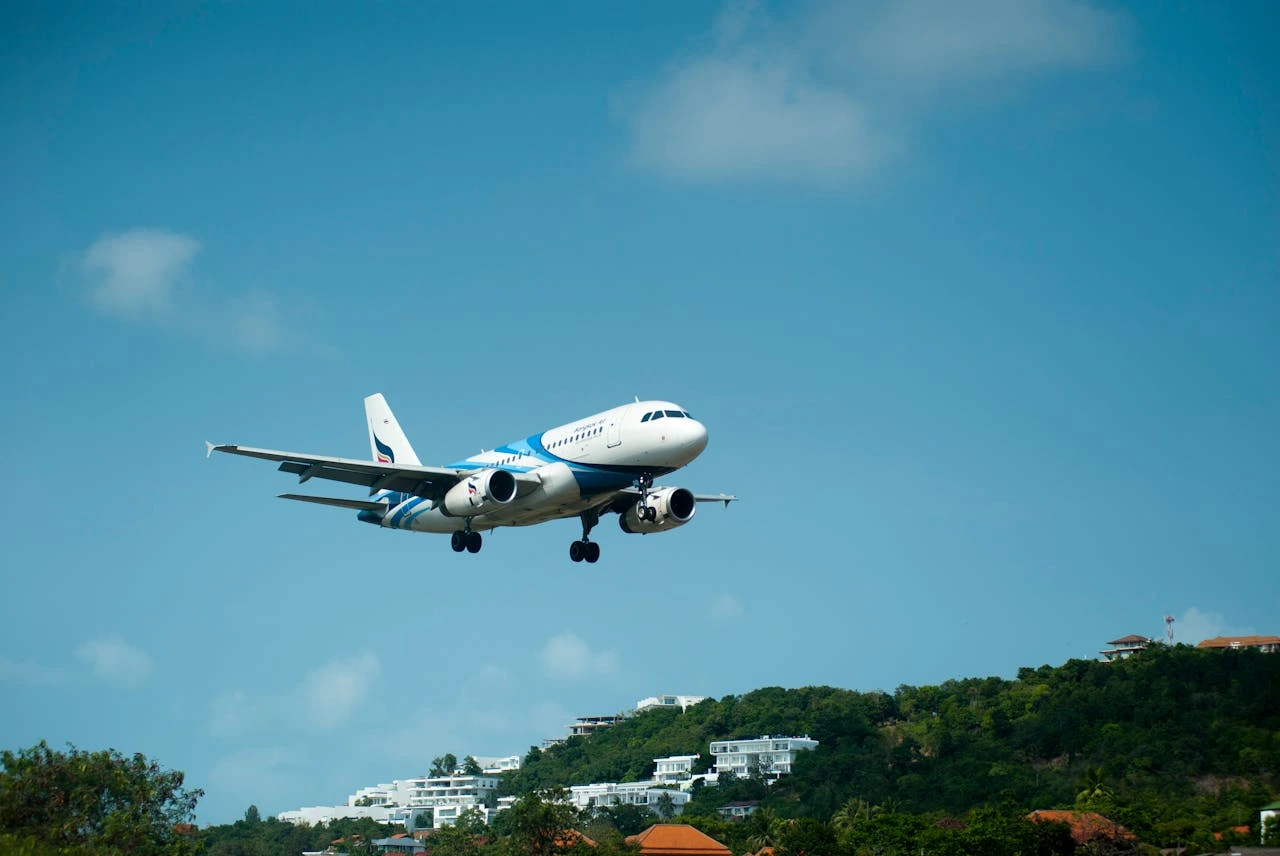
KBRA Issues Preliminary Ratings for Castlelake Aircraft Structured Trust 2025-1
KBRA (Kroll Bond Rating Agency) has assigned preliminary ratings to the Class A Notes, Class B Notes, and Class C Notes issued by Castlelake Aircraft Structured Trust 2025-1 (CLAS 2025-1), an aviation asset-backed securities (ABS) transaction. This marks the 11th aviation ABS transaction sponsored by Castlelake, a global alternative investment firm specializing in asset-based investments. The transaction will be serviced by Castlelake Aviation Holdings (Ireland) Limited and Castlelake, L.P.
Overview of CLAS 2025-1
CLAS 2025-1 represents another significant aviation securitization transaction undertaken by Castlelake, reaffirming its ongoing involvement in the aviation finance sector. The company, which consists of over 220 professionals operating from eight global offices, is headquartered in Minneapolis, Minnesota.
The proceeds generated from the issuance of the Class A, Class B, and Class C Notes will be utilized for the acquisition of a carefully curated portfolio of 36 aircraft assets. The portfolio comprises 33 narrowbody aircraft and three widebody aircraft, all of which are on lease to 28 lessees across 19 different jurisdictions. The portfolio’s composition reflects a strategic focus on modern and in-demand aircraft types, emphasizing a diversified leasing base that mitigates concentration risks.
As of December 31, 2024, the portfolio has a weighted average age of approximately 12.6 years, which is in line with industry trends for mid-life aircraft leasing. Additionally, the weighted average remaining term of the initial lease contracts is about 4.6 years. The initial value of the portfolio is approximately $999.7 million, highlighting the substantial scale of the transaction.
Ratings Assigned by KBRA
KBRA has assigned preliminary ratings to the various classes of notes issued under the CLAS 2025-1 transaction. These ratings are indicative of the creditworthiness and risk profile of each tranche. KBRA’s ratings take into account multiple factors, including the underlying asset quality, lessee diversification, projected cash flows, and macroeconomic conditions impacting the aviation industry.
Methodologies Utilized
KBRA’s analysis is guided by several structured finance and aviation-specific methodologies, ensuring a comprehensive evaluation of the transaction’s risk profile. The key methodologies employed include:
- ABS: Aviation ABS Global Rating Methodology – This framework evaluates the structural and credit risks associated with aviation asset-backed securities, incorporating factors such as aircraft valuation, lease terms, and market conditions.
- Structured Finance: Global Structured Finance Counterparty Methodology – This methodology assesses the impact of counterparties on structured finance transactions, including lessees, servicers, and liquidity providers.
- ESG Global Rating Methodology – Environmental, social, and governance (ESG) factors are considered, particularly where they play a pivotal role in determining credit risk and ratings outlook.
These methodologies enable KBRA to provide a robust assessment of CLAS 2025-1, ensuring transparency and accuracy in its credit rating process.
Portfolio Composition and Risk Considerations
The portfolio of CLAS 2025-1 is strategically composed to balance risk and return. The 36 aircraft included in the transaction are leased to a geographically diverse group of lessees, reducing exposure to any single airline or economic region. This diversification serves as a key mitigant against geopolitical risks, economic downturns, and airline-specific credit events.
Aircraft Types
The portfolio consists predominantly of narrowbody aircraft, which account for 33 out of the 36 total assets. Narrowbody aircraft, such as the Airbus A320 family and Boeing 737 models, remain in high demand due to their fuel efficiency and operational flexibility. The remaining three aircraft are widebody models, which typically cater to long-haul international routes.

The inclusion of narrowbody aircraft aligns with industry trends favoring these models due to their versatility and cost-effectiveness in an evolving airline market. Widebody aircraft, while representing a smaller portion of the portfolio, provide exposure to the long-haul market segment, contributing to overall diversification.
Lessee Distribution
The 28 lessees span 19 different jurisdictions, reflecting a well-distributed leasing strategy. This broad geographic spread reduces dependency on any single airline or economic region, thereby mitigating localized risks such as regulatory changes, currency fluctuations, or demand downturns in specific markets.
Lease Terms and Residual Value Considerations
The portfolio’s weighted average remaining lease term of 4.6 years offers a stable revenue stream for investors. Additionally, the weighted average aircraft age of 12.6 years suggests that a portion of the aircraft may require remarketing efforts or re-leasing within the next decade. Residual value risk is a key consideration in aviation ABS transactions, and the servicing team’s expertise in aircraft management and lease renewals will play a crucial role in mitigating potential exposure to declining asset values.
Credit Considerations and Sensitivity Analysis
KBRA’s rating process incorporates an in-depth sensitivity analysis to evaluate how various factors could influence the credit ratings of the notes. Key considerations include:
- Macroeconomic Conditions – The aviation industry is highly sensitive to global economic trends, fuel price fluctuations, and interest rate movements. KBRA assesses the impact of potential economic downturns on lessee creditworthiness and lease payment stability.
- Airline Credit Risk – The financial health of the lessees is a crucial determinant of transaction performance. KBRA examines airline financial statements, profitability trends, and historical lease payment behavior.
- Aircraft Depreciation – The residual value of aircraft assets can be impacted by technological advancements, shifts in airline preferences, and regulatory changes. KBRA considers various depreciation scenarios to assess potential effects on transaction cash flows.
- Lease Expiry Risk – As leases approach expiration, aircraft may need to be re-leased or sold in the secondary market. The ability of Castlelake’s servicing team to effectively manage lease transitions and remarketing efforts is a critical factor in maintaining transaction stability.
ESG Factors and Disclosure Requirements
In line with evolving regulatory and investor expectations, ESG factors are integrated into KBRA’s rating analysis where they have a material impact on credit risk. Environmental considerations, such as emissions regulations and fuel efficiency trends, are particularly relevant in aviation transactions.
Further information on key credit considerations, sensitivity analyses, and ESG-related disclosures can be found in KBRA’s full rating report. Additionally, details on the methodologies and models used in determining the credit ratings are available in the Information Disclosure Form.

